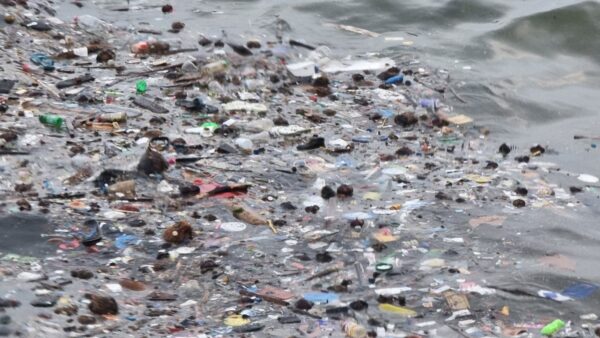New research from CSIRO, Australia’s national science agency, and the University of Toronto in Canada, estimates up to 11 million tonnes of plastic pollution is sitting on the ocean floor. Dr Denise Hardesty, Senior Research Scientist with CSIRO, said this is the first estimate of how much plastic waste ends up on the ocean floor, where it accumulates before being broken down into smaller pieces and mixed into ocean sediment.
“We know that millions of tonnes of plastic waste enter our oceans every year but what we didn’t know is how much of this pollution ends up on our ocean floor,” We discovered that the ocean floor has become a resting place, or reservoir, for most plastic pollution, with between 3 to 11 million tonnes of plastic estimated to be sinking to the ocean floor.
Image; CSIRO. Up to 11 million tonnes of plastic waste sinks from the ocean surface to the ocean floor, where it accumulates
“While there has been a previous estimate of microplastics on the seafloor, this research looks at larger items, from nets and cups to plastic bags and everything in between.”
Ms Alice Zhu, a PhD Candidate from the University of Toronto who led the study, said the estimate of plastic pollution on the ocean floor could be up to 100 times more than the amount of plastic floating on the ocean’s surface.
Scientific data was used to build two predictive models to estimate the amount and distribution of plastic on the ocean floor – one based on data from remote operated vehicles (ROVs) and the other from bottom trawls.
Using ROV data, 3 to 11 million metric tonnes of plastic pollution is estimated to reside on the ocean floor. The ROV results also reveal that plastic mass clusters around continents – approximately half (46 per cent) of the predicted plastic mass on the global ocean floor resides above 200 m depth. The ocean depths, from 200 m to as deep as 11,000 m contains the remainder of predicted plastic mass (54 per cent).
Although inland and coastal seas cover much less surface area than oceans (11 per cent vs 56 per cent out of the entire Earth’s area), these areas are predicted to hold as much plastic mass as does the rest of the ocean floor.
To read the full CSIRO article click here
To read the published paper click here
